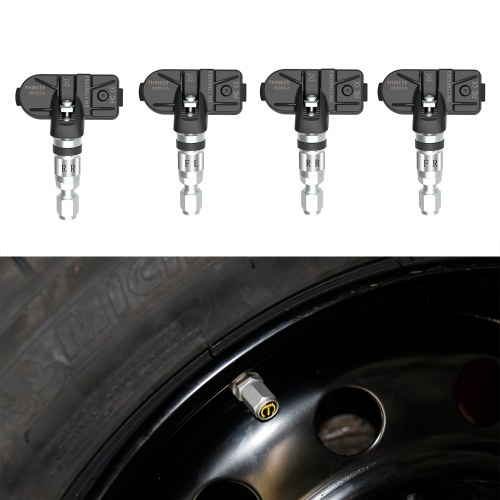Published on October 26, 2018 Driven Products
The goal of a Tire Pressure Monitoring System (TPMS) is to help avoid traffic accidents, poor fuel economy, and increased tire wear due to under-inflated tires. Due to the influence tire pressure has on vehicle safety and efficiency, TPMS is required on vehicles manufactured for sale within the United States after 2007.
You’ve probably noticed the TPMS warning light on your dashboard at some point. This is a warning to let you know that one or more of your tires is under-inflated. In most cases you can pull your vehicle into a gas station and fill your tires with air to reach the manufacturer recommended tire pressure. However, this can also be a warning that one or more of your TPMS sensors are failing and it’s time for a new sensor.
| 1. Break the bead of the tire ensuring the valve is located on the opposite side of the rim from the bead breaker blade. When the tire is dismounted the valve must be located at 1 o’clock to the tire fitting head. | |
| 2. Apply lubricant to the valve stem. | |
| 3. Place the valve stem through the valve hole, ensuring the rubber makes good contact with the valve hole all around. | |
| 4. Use the valve puller to pull the valve stem through the hole until it snaps into place, ensuring that the valve angle is perpendicular to the hole. If using a metal valve puller, protect the rim. | |
| 5. Please note: failure to pull the valve through at the correct angle can result in damage to the valve stem or prevent the rubber from creating an air-tight seal. | |
| 6. Attach the valve stem to the sensor using the nut. Place the anti-rotation pin provided through the base of the valve stem, to keep the valve stem in place. The nut must be tightened to 12.5 in-lbs (1.4 Nm) using a T15 Torx bit and torque tool. | |
| 7. When remounting the tire on to the rim ensure that the valve starts on the opposite side of the rim from the tire fitting head. | |
| 8. Now that your sensors are installed, they will need to be relearned to your vehicle. Contact a Driven Products Fitment Specialist for help identifying your vehicle’s TPMS relearn procedure. |
The cost of installing TPMS sensors will depend on the installer. Assuming you already have your snap-in TPMS sensors purchased and ready to install, you can expect to pay between $20-$50 per sensor installation.
DP-Accessories brand snap-in TPMS sensors are equipped with an advanced Maxell battery. The typical life expectancy is 7-years or 100,000 mile. Our sensors come with a 3 year / 36,000 mile limited warranty.
Don’t confuse TPMS relearning with TPMS programming. Your DP-Accessories TPMS sensors are preprogrammed for your vehicle before we send them to you.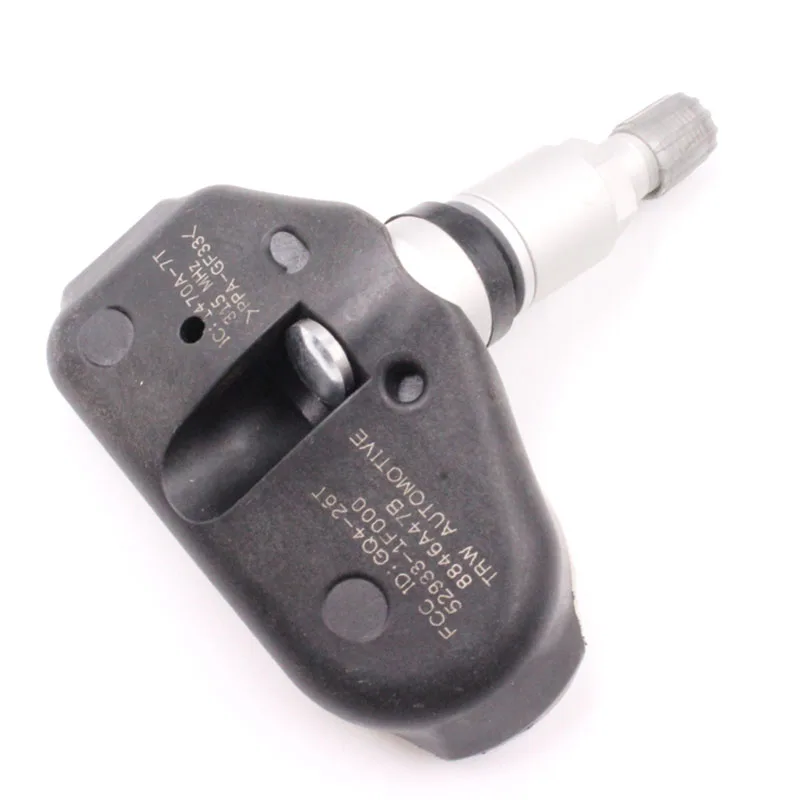 When installing new TPMS sensors replacing, your vehicle manufacturer has specific steps to put the vehicle in learn mode and program the sensors. There are some vehicles that will relearn sensors automatically when your tires are rotated. However, most TPMS sensors will require an action by you to relearn them.
When installing new TPMS sensors replacing, your vehicle manufacturer has specific steps to put the vehicle in learn mode and program the sensors. There are some vehicles that will relearn sensors automatically when your tires are rotated. However, most TPMS sensors will require an action by you to relearn them.
Each vehicle manufacturer will have their own unique TPMS relearn procedure. Contact a Driven Products Fitment Specialist for help identifying your vehicle’s TPMS relearn procedure.
Filed in: installation tips, snap-in, snap-in tpms sensors, snap-in valve stems, tpms, tpms sensors
Share:Tire pressure sensor guide highlights:
Many drivers worry about big maintenance tasks, but the ‘little’ things are often the most annoying.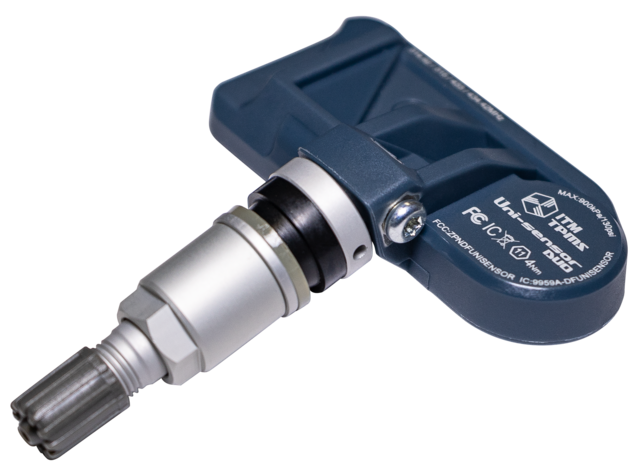 And sometimes, as I learned after a disastrous spark plug change, they’re the easiest to screw up. Compared to that, dealing with tire sensor problems seems like a cakewalk. However, if you’re dealing with an illuminated TPMS light, know that it’s not as simple as it looks.
And sometimes, as I learned after a disastrous spark plug change, they’re the easiest to screw up. Compared to that, dealing with tire sensor problems seems like a cakewalk. However, if you’re dealing with an illuminated TPMS light, know that it’s not as simple as it looks.
If you want to see how inflated or deflated your car’s tires are, you use a tire pressure gauge. Your car’s tire pressure monitoring system (TPMS) has gauges, too, in the form of tire pressure sensors. And thanks to the TREAD Act, if your car is a 2008-or-later model, it has these sensors. But which kind often changes across models and brands.
TPMS tech falls into two categories: direct and indirect. Indirect systems use ABS sensors to measure wheel rotation. If these sensors find one tire is spinning faster than expected, that means it’s under-inflated, which triggers the familiar warning light.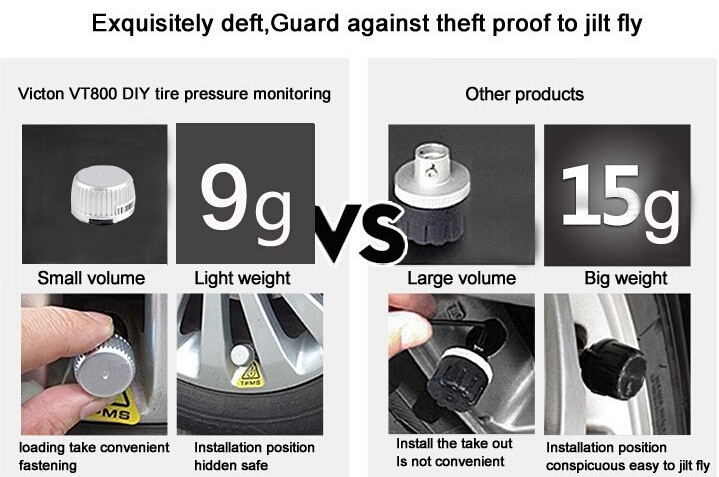 In contrast, direct systems rely on individual sensors attached to each wheel. These directly measure the air pressure in a tire and relay that information wirelessly via radio signals to a central module. And if a sensor sees the tire pressure is under the recommended level by 25% or more, it triggers the warning light.
In contrast, direct systems rely on individual sensors attached to each wheel. These directly measure the air pressure in a tire and relay that information wirelessly via radio signals to a central module. And if a sensor sees the tire pressure is under the recommended level by 25% or more, it triggers the warning light.
Because these systems are so different, it stands to reason that you can’t replace direct tire pressure sensors with indirect ones or vice versa. However, you also can’t necessarily swap direct sensors between cars. And that’s because there are two direct sensor types, NAPA explains.
Some direct tire pressure sensors are the ‘valve stem type.’ As in, they’re basically sensors with valve stems attached. Meanwhile, ‘banded type’ sensors are, well, bands mounted to the wheel 180° across from the valve stems. And again, valve stem sensors aren’t interchangeable with banded ones.
Make sure you have compatible wheelsRELATED: The Pros and Cons of Filling Your Car’s Tires With Nitrogen
Normally, drivers only deal with tire pressure sensors if they or the whole TPMS has a problem. Usually, that means a blinking warning light and/or an error message. However, they also become an issue if, like me, you have separate wheel-and-tire sets for winter and summer.
Yes, you can always have one set of wheels and repeatedly swap tires as the weather demands.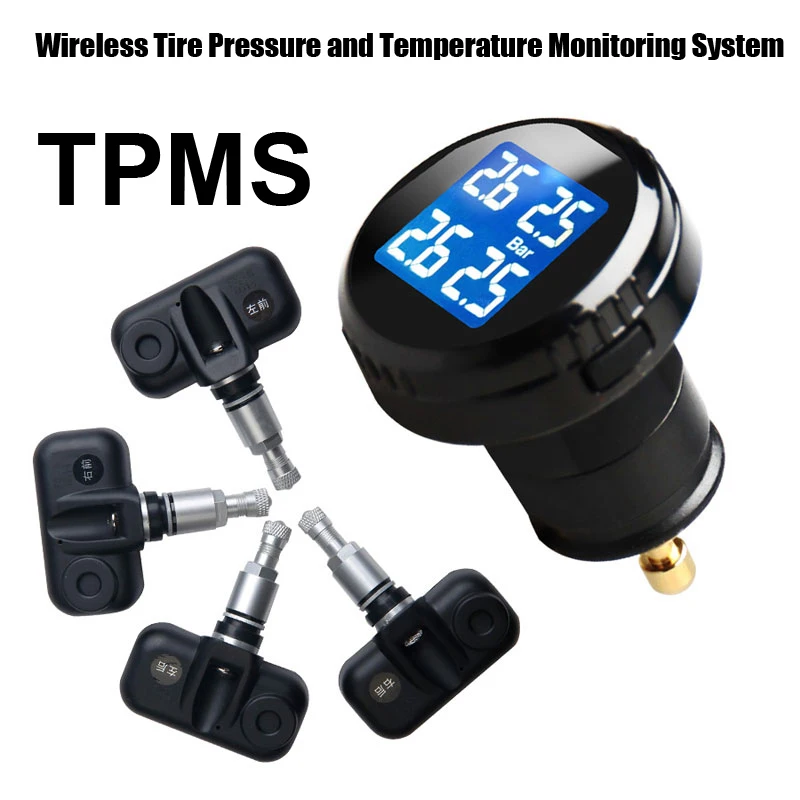 But removing and installing tires is tough without a dedicated machine. And rather than paying someone multiple times to put the tires on, you only need to pay them once. Well, twice: once in the winter and once in the summer/spring. So, having separate wheels for separate seasons saves time and money.
But removing and installing tires is tough without a dedicated machine. And rather than paying someone multiple times to put the tires on, you only need to pay them once. Well, twice: once in the winter and once in the summer/spring. So, having separate wheels for separate seasons saves time and money.
But if your car has TPMS, you also need a second set of tire pressure sensors. Otherwise, the warning light would stay on all winter. Then you wouldn’t know without checking if your tires are low on air.
Yet there’s another complication here. Technically, aftermarket suppliers aren’t obligated to follow that TREAD Act I mentioned earlier. As a result, not all aftermarket wheels are TPMS-compatible. Admittedly, per the TREAD Act, tire shops are legally obligated to not use aftermarket parts if they would disable the TPMS. But that still doesn’t guarantee that your fancy wheels won’t throw warning lights without additional modifications.
Tire pressure sensor replacement can get expensive, so check part numbers and wireless frequenciesMeasure up.
— GM Genuine Parts & ACDelco (@GMParts_ACDelco) December 31, 2020#ArtOfThePart #TPMS #ACDelco #Gmparts pic.twitter.com/7P4lrJWNj9
RELATED: 5 Myths About Tire Safety That Every Driver Should Be Aware Of
That statement flashed into my head when my Fiat 500 Abarth’s TPMS warning light went on after I switched to my summer wheels. But then I remembered I had compatible wheels. At which point, I started thinking about my tire pressure sensors. I’d bought them new from a Stellantis dealership after triple-checking the compatibility, so I thought they’d be good.
As it turns out, they weren’t. When I went to a Fiat dealership to diagnose the problem, it turned out that Stellantis offered two kinds of sensors for my Abarth. One was a so-called ‘value line’ option, while the other was a twice-as-expensive OEM version with a different part number. And after installing the pricier sensors, the light went away.
So, is the lesson here not to buy cheap tire pressure sensors? Well, yes and no.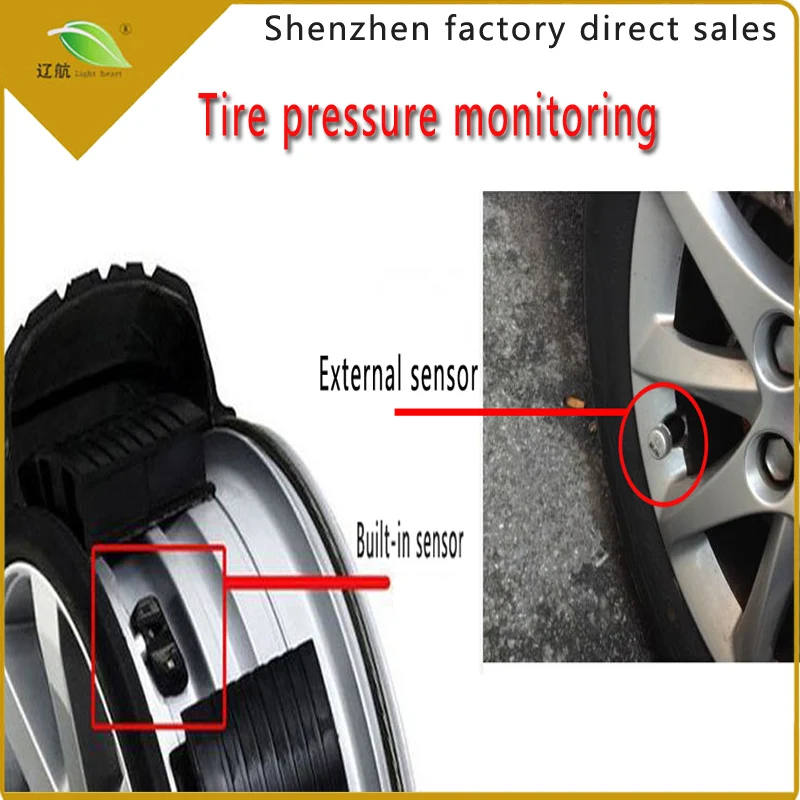 True, cheap parts cost less for a reason. But in this case, the price wasn’t necessarily the culprit. As it turns out, although TPMS sensors communicate via radio frequencies, they don’t operate on the same frequency. It’s possible my Abarth’s module simply couldn’t pick up what the cheaper sensors were sending out. And since it couldn’t ‘hear’ the sensors, it assumed there was a fault and threw up that light.
True, cheap parts cost less for a reason. But in this case, the price wasn’t necessarily the culprit. As it turns out, although TPMS sensors communicate via radio frequencies, they don’t operate on the same frequency. It’s possible my Abarth’s module simply couldn’t pick up what the cheaper sensors were sending out. And since it couldn’t ‘hear’ the sensors, it assumed there was a fault and threw up that light.
Alternatively, it could be that my Abarth’s TPMS is a high-line system and the value sensors were for a low-line one. High-line systems are more expensive but let cars display pressures for individual tires, Edmunds explains. Also, their sensors only transmit information when the car prompts them. Low-line systems, on the other hand, have their sensors transmit at random intervals. They’re cheaper, but they can’t display individual tire pressures. And without careful programming, these sensors can crosstalk.
Regardless, it wasn’t the most expensive goof-up I’ve ever done, but it’s still not fun paying twice for the same part.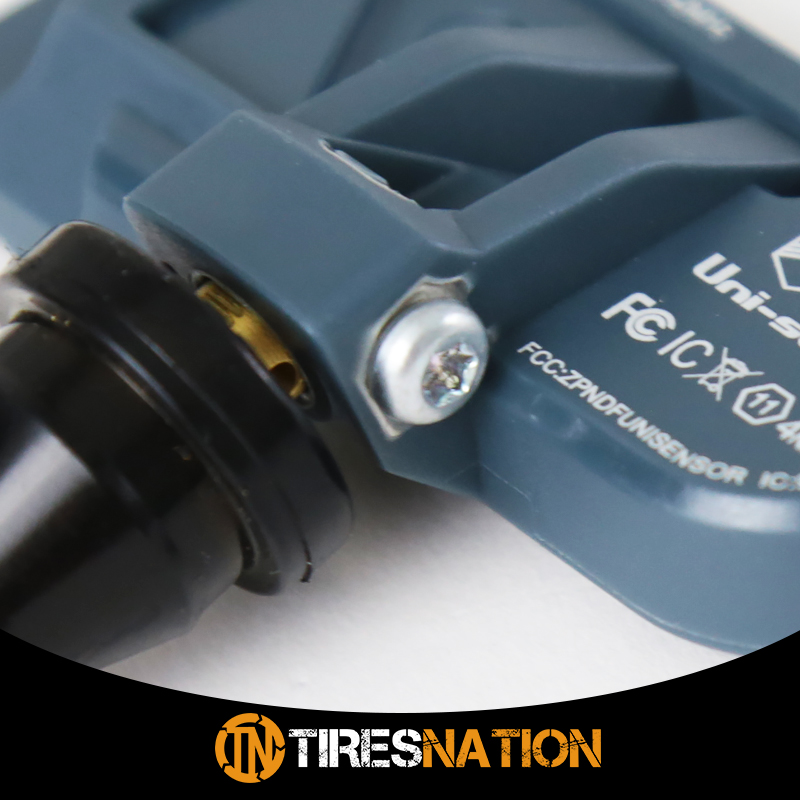 And even a set of four cheap sensors often costs at least $100, not including installation costs. Learn from my mistakes and save some cash.
And even a set of four cheap sensors often costs at least $100, not including installation costs. Learn from my mistakes and save some cash.
RELATED: Will Properly Inflating Your Tires Actually Improve Gas Mileage?
There’s a simpler explanation for my TPMS woes: the tire pressure sensors were dead. Considering I bought them brand new from a Stellantis dealership, I highly doubt that all four would be faulty. But that doesn’t mean sensors can’t go bad over time.
With direct tire pressure sensors, faults are often caused by dead batteries. The batteries typically last a few years, but they’re not replaceable. When one dies, the entire sensor gets replaced.
But other things can cause sensor faults. Extreme cold and heat as well as repeated pothole trauma can damage both kinds of direct sensors. Valve stem types are also susceptible to valve-stem corrosion. Hence why you should always keep the caps on. Furthermore, tire sealants can damage sensors if they’re exposed for an extended period. So, if you use it to temporarily fix a leak, make sure you clean your sensors afterward.
Valve stem types are also susceptible to valve-stem corrosion. Hence why you should always keep the caps on. Furthermore, tire sealants can damage sensors if they’re exposed for an extended period. So, if you use it to temporarily fix a leak, make sure you clean your sensors afterward.
RELATED: Do All Cars Use the Same Type of Oil Filter?
If your tire pressure warning light comes on, don’t immediately start sensor shopping.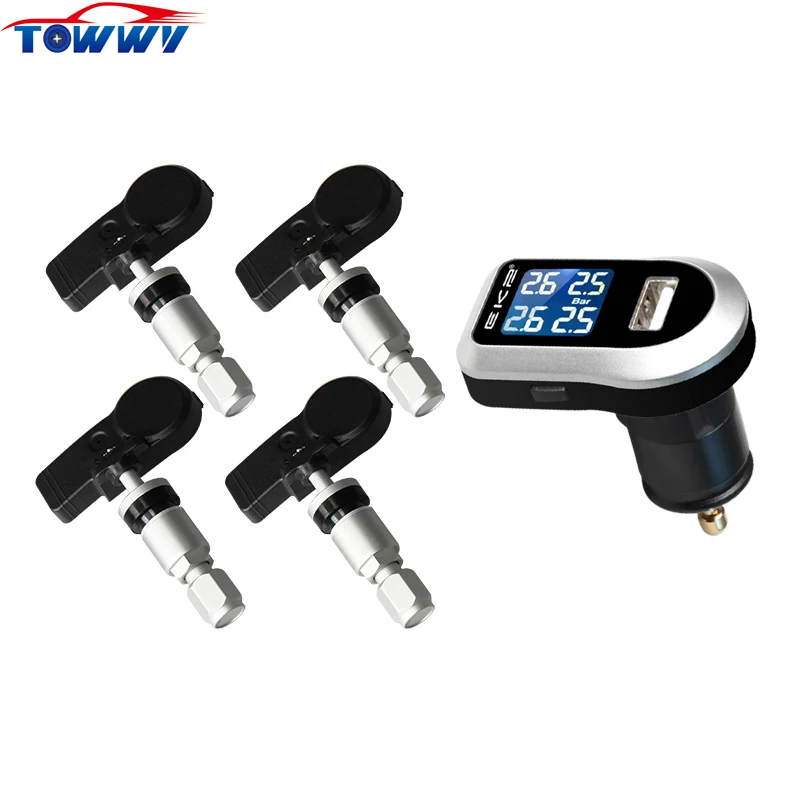 First, make sure that your tires are properly inflated. Then, go for a short drive to let the TPMS reset. Only if that doesn’t do the trick should you start eyeing the sensors as culprits.
First, make sure that your tires are properly inflated. Then, go for a short drive to let the TPMS reset. Only if that doesn’t do the trick should you start eyeing the sensors as culprits.
Whether you’re replacing old sensors or putting new ones on your second set of wheels, you need to reset your car’s TPMS. If a mechanic is doing the work, they have a special tool for the job. But most cars’ systems automatically reset after you drive a few miles above a minimum speed. If yours doesn’t after installing new sensors, you might have bigger problems, like a malfunctioning receiver module.
As I said, tire pressure sensor replacement isn’t as straightforward as it looks. But if you pay attention to what your car needs, it’s not something you have to worry about. And hey, even if it breaks, checking your own tire pressure isn’t that big of a hassle.
Follow more updates from MotorBiscuit on our Facebook page.
RELATED: Here’s Why Tire Pressure Fluctuates In Winter
An inflated tire is the key to safe movement on public roads.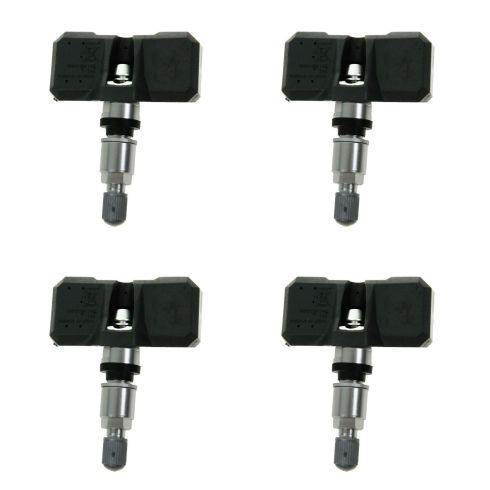 Some cars are supplied initially at the factory with a special sensor that allows you to control this parameter. If there are no sensors, you can install them yourself.
Some cars are supplied initially at the factory with a special sensor that allows you to control this parameter. If there are no sensors, you can install them yourself.
Contents
Most modern mid-range cars today are equipped with a dedicated pressure sensor. This implies the ability to constantly monitor the amount of air in the tires.
The abbreviation TPMS - Tires Pressure Monitoring System is used to designate the system in question. Built into the vehicle from the factory, the system automatically warns of excessively low pressure. The system in question can be purchased, subsequently installed separately. In the USA, the EU and some Asian countries, the installation of TPMS is mandatory for all vehicles without exception.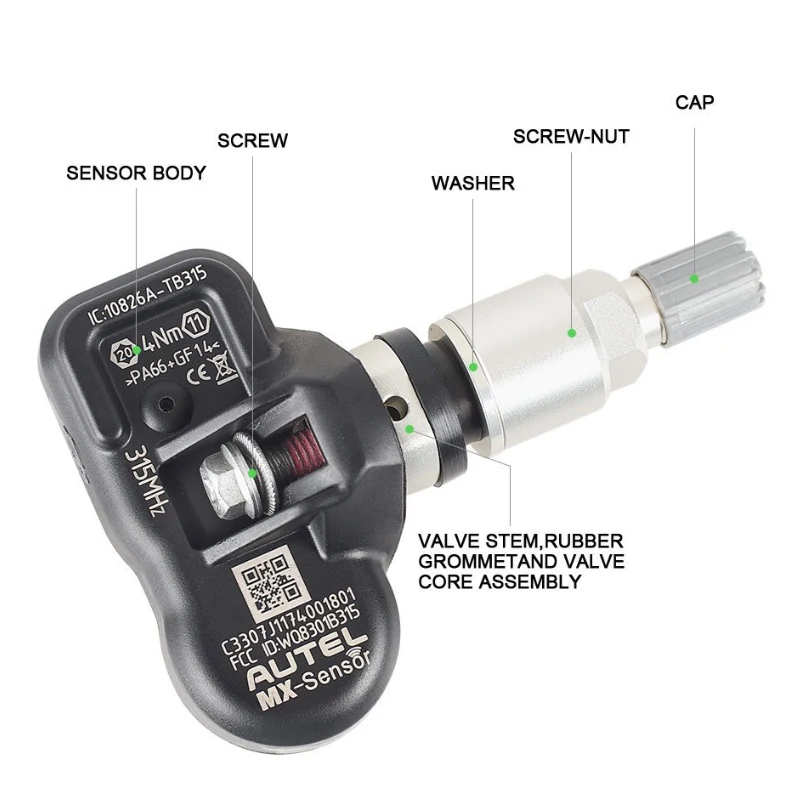
All sensors that allow you to control the level of air pressure can be divided into two main categories:
They work differently.
This design is the simplest. Therefore, its cost is relatively low. In fact, it is an extension of the ABS program block. In fact, the system does not register the absence of pressure, but a decrease in the dimensions of the wheel.
If there is a puncture, the air and tire outlet will decrease in diameter. The relevant information is transmitted to the ECU, after which it is compared with the specified standard parameters. The discrepancy detection allows you to determine which wheel has a puncture. Further, the signal about insufficient pressure “lights up”.
Another variation is the measurement of wheel speed. A similar solution is also a subroutine built into the ABS system. The path segment for each bus is determined. Further, the received information is checked, compared with the information recorded in the ABS. A non-compliance is indicated by an appropriate signal.
Since the determination of the proper pressure level is determined on the basis of the obtained data, their comparison, after carrying out service work, a calibration is required. The ECU receives new data for later comparison with information received from the ABS subsystem. The main advantages of the indirect system:
There is also a significant drawback: low accuracy. The threshold for deviation from the specified pressure is 30%.
This scheme involves receiving data from each wheel through a special sensor. The scheme of work assumes the presence of:
Installation of pressure sensors is usually easy. This device is a conventional valve, it is inserted into the wheel instead of the regular one. Information is transmitted to the central control unit via a wireless channel. A certain frequency is set. Usually the interval is 1 minute.
It should be noted that the battery needs to be replaced periodically. Typically, the life of one battery is 7-10 years. The battery itself is most often a compact battery in the form of a small tablet.
An important part is the receiving antenna. It receives information from all sensors simultaneously and transmits them to the control unit. Usually, the central locking antenna acts as a receiving antenna.
High-end or high-end mid-range vehicles use an individual antenna for each sensor. Such a receiver is usually located in the wheel arch of the vehicle. An important advantage of this design is the ability to control the pressure in all wheels individually. Resetting an error usually does not require special hardware.
The main computing device in such systems is the control unit. It receives information from all sensors without exception. After that, it analyzes them: it compares the obtained values with the standard ones. If they do not match, it displays a message on the dashboard of the car. It is worth noting: not all systems allow monitoring tire pressure on each wheel.
You will need to stop the car, check the level in all wheels, and then fix the problem. Separate systems allow you to display text as well as graphic information on a special display. This greatly simplifies wheel diagnostics and makes it more accessible.
Some TPMS allow you to assess the level of pressure change, determine its intensity:
Some types of TPMS provide automatic adaptation: no manipulation of the system is required. In some cases, when replacing tires or sensors, it is necessary to reprogram using special equipment. It is possible to prescribe the necessary values \u200b\u200band independently. But this is not possible on all TPMS models.
It will not be difficult to figure out how the pressure sensor works on your own. All of them can be divided into the following main categories:
Mechanical is a design that transmits data in analog form to a special control unit. After that, it is converted into a convenient form for perception. The principle of operation of such devices is relatively simple. This is the main reason for reliability. These devices function as well as conventional pressure gauges.
Visually, the mechanical sensors look like a regular camera cap – a decorative type. The upper part is made transparent, under it there are 3 coaxial cylinders.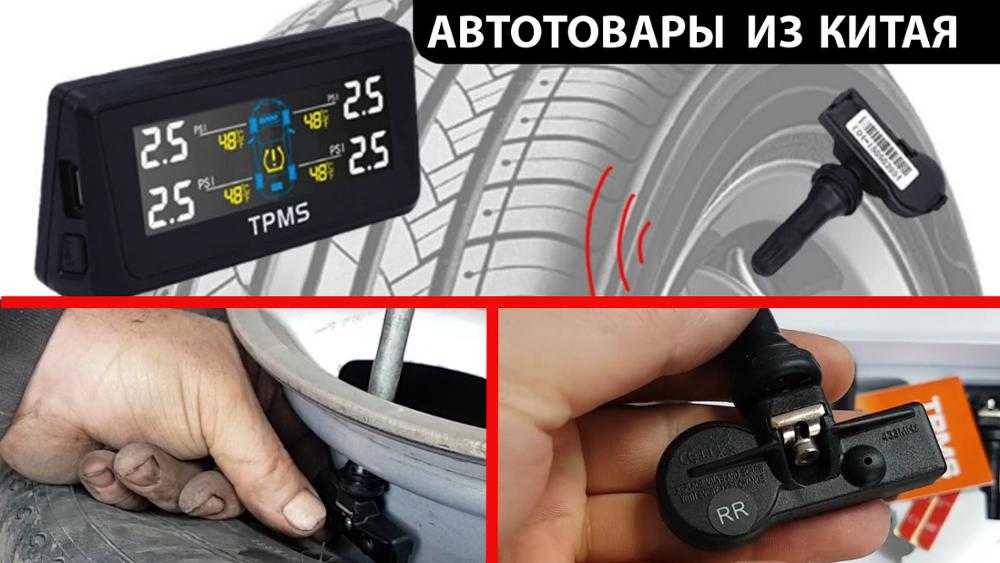 They are layers of plastic of different colors. The smallest diameter cylinder is yellow. It is located inside the red. Under pressure, all layers easily move inside each other.
They are layers of plastic of different colors. The smallest diameter cylinder is yellow. It is located inside the red. Under pressure, all layers easily move inside each other.
Each color represents pressure. If it is normal, then the color under the cap is green. If a little less than normal, a yellow layer comes out. When falling below 1.5 atm, red color is squeezed out.
Electronic sensors are usually installed inside the wheel. The most convenient, accurate - valve. It is supposed to be installed instead of the standard one installed in the bus. Finding out where the sensors are located is not difficult. Is it easy to understand if needed? how to disable the system.
The complexity of self-installation depends on the type of system chosen. For example, conventional mechanical sensors that do not involve data transmission to the central control unit do not require special equipment, wheel disassembly. It is enough to install caps with built-in "pressure gauges".
It is enough to install caps with built-in "pressure gauges".
Valve type electronic sensors are the most popular. Typically, the installation process includes the following main steps:
Sometimes it becomes necessary to install new sensors in place of the old ones. First of all, you need to determine where the system components are located on the vehicle itself. It is necessary to familiarize yourself in advance with all the subtleties, nuances of installation. If there is no proper experience, you should seek the help of professionals. Especially if the car was purchased new and it is still under warranty.
The use of an air pressure control system helps to avoid serious troubles on the road. Often, the driver simply does not notice the puncture of the wheel, continues to drive on a flat tire. The consequence of this may be a burst on the tire. Which will lead to a skid and an accident.
Often, the driver simply does not notice the puncture of the wheel, continues to drive on a flat tire. The consequence of this may be a burst on the tire. Which will lead to a skid and an accident.
The tire pressure sensor allows permanent monitoring of the wheels. It is only necessary to timely replace the batteries.
Car service "Your Wheels" sells tire pressure sensors in Moscow. Car owners living in CJSC, SEAD, SZAO can purchase TPMS systems with turnkey installation. The profile masters of our service at low prices will perform the installation of meters with registration of sensors in the on-board computer. This service can be used provided that the use of a device for monitoring air pressure is provided by the manufacturer of a particular modification of the car.
The TPMS system is a set of sensors with a signal receiver and a control unit designed to monitor tire temperature and pressure. Information to the driver is displayed on the dashboard or in the form of separate indicators. The design of the sensors, which are the key elements of the system, includes several components: a transmitting antenna, a battery, a tire pressure and temperature gauge.
Depending on the installation option, you can buy sensors of the following types:
Replacement of the pressure gauge is required in case of mechanical damage or exhaustion of the resource assigned by the manufacturer. Service life, as a rule, does not exceed 10 years. During intensive operation with maximum loads or under extreme conditions, this period is 1.5–2 times shorter.
Decrease in pressure in tires below the set one leads to an increase in the resistance of the wheels to rolling. As a result, tire wear and fuel consumption increase with deterioration in handling. In emergency cases, it is possible to rotate the tire on the disk or stall. The purchase of TPMS sensors will allow you to constantly receive information about the condition of the tires in order to respond to problems in a timely manner to prevent accidents related to rubber damage.
Advantages of sensors supplied by our company:
